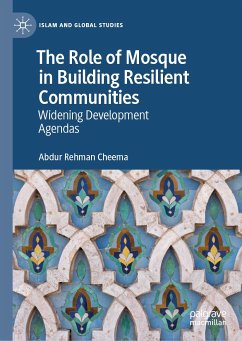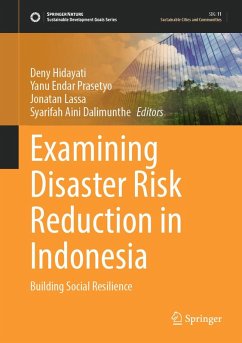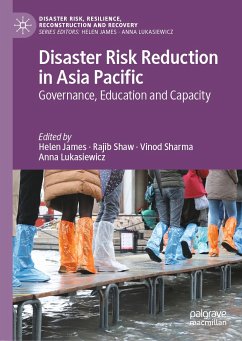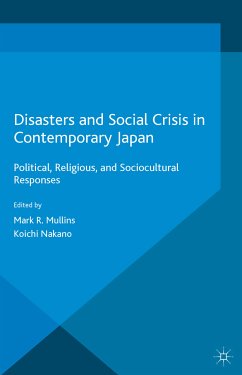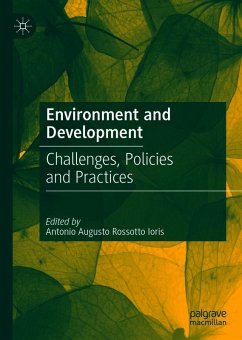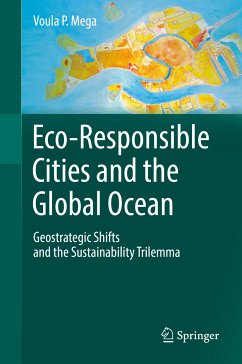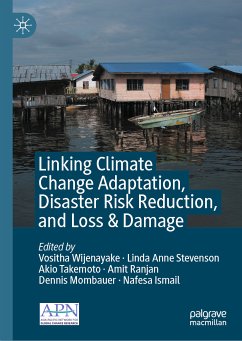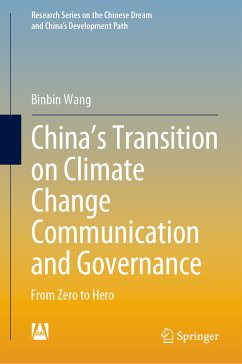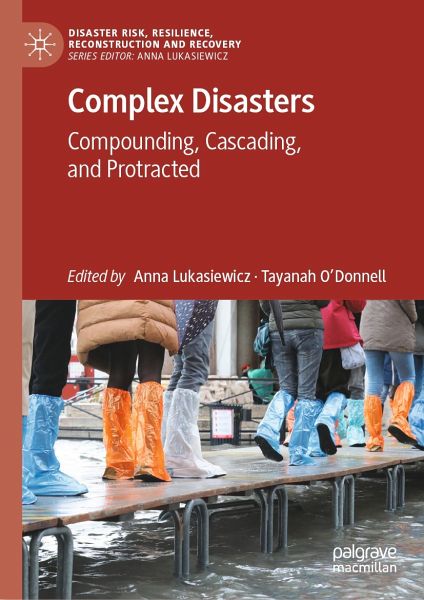
Complex Disasters (eBook, PDF)
Compounding, Cascading, and Protracted
Redaktion: Lukasiewicz, Anna; O'Donnell, Tayanah
Versandkostenfrei!
Sofort per Download lieferbar
80,95 €
inkl. MwSt.
Weitere Ausgaben:

PAYBACK Punkte
40 °P sammeln!
This Edited book introduces the concept of complex disasters and considers both disaster risks and impacts across the disaster management spectrum - Prevention - Preparation - Response and Recovery. Three types of complex disasters are analysed - 'Compound', 'Cascading' and 'Protracted'.Case studies include hazards from fires, through to floods, sea level rise and typhoons are explored through case studies from Australia and the Asia Pacific region. Each is written by scholars and/or practitioners with acknowledged expertise in the field and most chapters are based on detailed case studies of ...
This Edited book introduces the concept of complex disasters and considers both disaster risks and impacts across the disaster management spectrum - Prevention - Preparation - Response and Recovery. Three types of complex disasters are analysed - 'Compound', 'Cascading' and 'Protracted'.
Case studies include hazards from fires, through to floods, sea level rise and typhoons are explored through case studies from Australia and the Asia Pacific region. Each is written by scholars and/or practitioners with acknowledged expertise in the field and most chapters are based on detailed case studies of ongoing or recent research projects.
The book will be useful to researchers in climate, disaster, or environmental and economic policy, disaster risk reduction, and climate change studies, and practitioners and policy makers applying disaster theory and knowledge into policy and decision-making.
Case studies include hazards from fires, through to floods, sea level rise and typhoons are explored through case studies from Australia and the Asia Pacific region. Each is written by scholars and/or practitioners with acknowledged expertise in the field and most chapters are based on detailed case studies of ongoing or recent research projects.
The book will be useful to researchers in climate, disaster, or environmental and economic policy, disaster risk reduction, and climate change studies, and practitioners and policy makers applying disaster theory and knowledge into policy and decision-making.
Dieser Download kann aus rechtlichen Gründen nur mit Rechnungsadresse in A, B, BG, CY, CZ, D, DK, EW, E, FIN, F, GR, HR, H, IRL, I, LT, L, LR, M, NL, PL, P, R, S, SLO, SK ausgeliefert werden.



